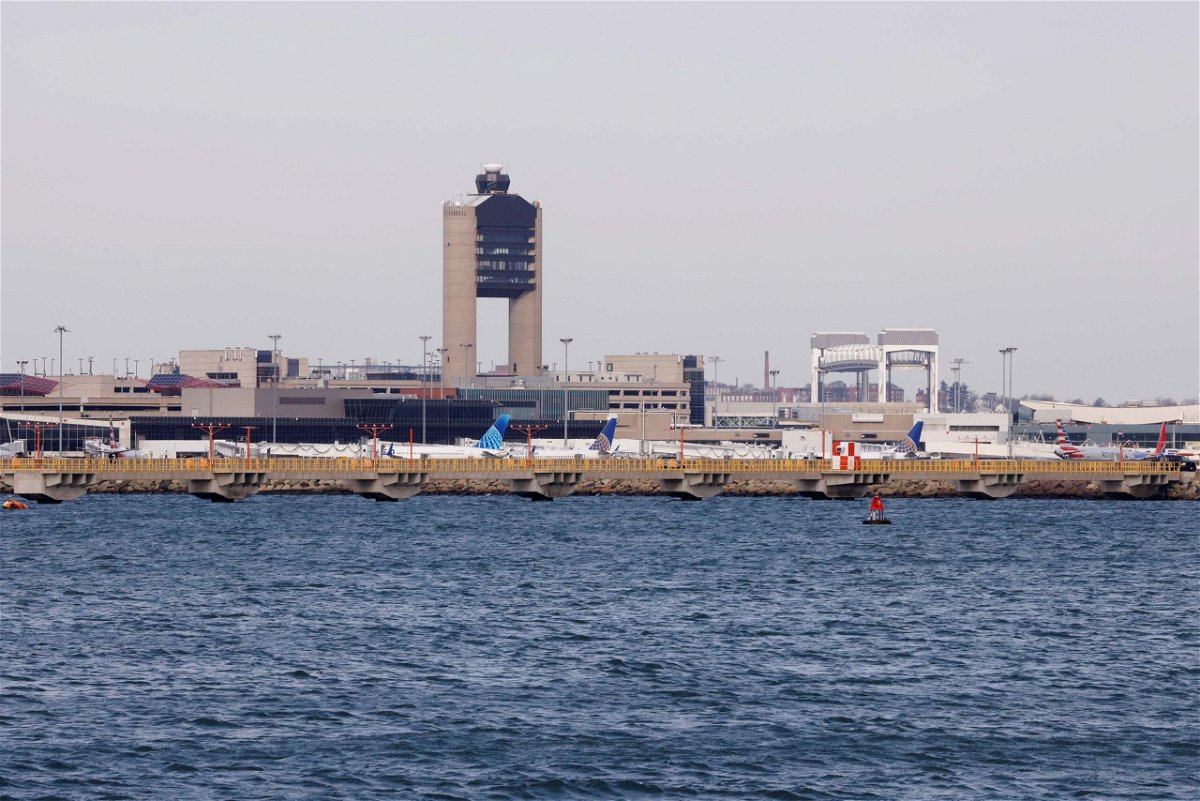FAA creates safety review panel after string of close calls at US airports

The FAA National Airspace System Safety Review Team will follow several near-collisions of commercial aircraft at US airports in recent months.
By Greg Wallace and Pete Muntean, CNN
The Federal Aviation Administration is establishing an independent safety review team following several near-collisions of commercial aircraft at US airports in recent months.
The FAA National Airspace System Safety Review Team will be tasked with examining the air traffic system and delivering recommendations on how to enhance safety, a news release from the FAA said.
The announcement comes as the National Transportation Safety Board is investigating six incidents from this year alone and about a month after the FAA issued a rare industrywide “safety call to action” urging carriers to step up vigilance at airports.
“We are committed to maintaining the safest period in U.S. aviation history,” acting FAA Administrator Billy Nolen said in the release. “This team will strengthen our ongoing safety efforts and identify specific investments we can make to bolster the National Airspace System.”
The team includes former officials with experience leading the FAA and in several of the areas the agency oversees, including pilots, air traffic control and space. It also includes a former head of the National Transportation Safety Board. It will begin its work in May and deliver recommendations by October, the release said.
Nolen announced last week he will be stepping down from the FAA this summer after filling the role of acting administrator since March 2022.
He is testifying on Capitol Hill Wednesday morning for a budget hearing before the House Appropriations Subcommittee on Transportation, and Housing and Urban Development, and Related Agencies.
Secretary of Transportation Pete Buttigieg addressed the “serious close calls” at a safety summit in March, calling on the industry officials to help find the “root causes” of the problem.
“It would be one thing if we found a certain piece of technology in the cockpit or a certain control tower where there were a lot of issues,” Buttigieg told CNN. “But instead what we’re finding is that pilots, ground crews and controllers alike seem to be experiencing this uptick. Some have described it as a kind of rust.”
“We’re not going to wait for something still worse to happen to act now,” he told CNN, adding that the efforts should result in “making sure we can save lives at airports around the country.”
Days after the summit, the FAA’s Air Traffic Organization issued a memo laying out steps that should be taken to avoid more close calls.
The memo from Air Traffic Organization Chief Operating Officer Tim Arel said, “There is no question that we are seeing too many close calls.”
It directed supervisors to “devote their full attention to the operation and airfield during peak traffic periods at each facility” and instruct improvements to training.
Additional safety steps include working with the National Air Traffic Controllers Association to reinforce existing safety protocols and reexamining runway incursion data “to identify underlying factors that led to these close calls and identify remedies.”
Among the issues facing air traffic controllers is a significant understaffing problem.
The FAA paused hiring and training of air traffic controllers during the pandemic, but the hiring has since resumed. Nationwide, only 90% of air traffic control positions are filled, the FAA has said.
“We are critically staffed in most of our air traffic control facilities,” Richard Santa, president of the National Air Traffic Controllers Association, told CNN. “It does impact efficiencies and redundancies and resiliency.”
Flying is still safe
The close calls being investigated by the NTSB have involved planes taking off or landing at New York’s JFK International Airport, Hawaii’s Daniel K. Inouye International Airport, California’s Burbank Airport, Sarasota Bradenton International Airport in Florida, the Austin-Bergstrom International Airport in Texas and Boston’s Logan International Airport.
During a Senate committee hearing last month, Buttigieg said the most serious types of near-collisions on US runways this year were occurring at about double the rate seen in the past.
“In past years, they’ve occurred at roughly a rate of once per month,” he told the committee. “Right now, they are this year occurring at a rate that is double that.”
Buttigieg spoke specifically about the two most serious categories of runway incursions and said there’s a “definite increase.”
“We think that the uptick is partly related to the especially fast surge in demand and the swift return to the skies — faster than even the most optimistic scenarios that we heard even a couple of years ago,” Buttigieg said. “We need to make sure of course that as that system comes back to that high level of demand there is no negative safety impact to that.”
Despite the recent close calls at airports, flying remains an incredibly safe mode of travel. About 45,000 flights are typically completed each day in the US, all without a fatality. That’s a number that continues to rise following a slowdown of commercial flights at the height of the Covid-19 pandemic.
The-CNN-Wire
™ & © 2023 Cable News Network, Inc., a Warner Bros. Discovery Company. All rights reserved.
CNN’s Julia Buckley contributed to this report.